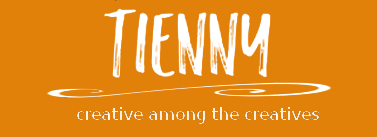Educative narrative storytelling provides the relevant neuroscience of the brain organization and structure. It is one of the most effective methods to capture meaningful patterns from chaos. Such strategy prevents confusion in the brain. Such knowledge encourages educators to add new ideas and objects with connections, recognizable patterns, and relationships through storytelling. Storytelling is often […]
Tag Archives | Storytelling
What is the commonly used technology tool to help the students’ practice their literacy skills?
In the digital storytelling literacy practices, the researcher Lopez observed that the students learn well through creating a blog that involved using multiple literacies (writing, images and videos) to promote their social interaction with the readers. Writing is considered as a textual composition due to use the language knowledge with multiple and dynamic facts. Hence, […]
What is the meaning of storytelling in the cognitive realm?
Storytelling is about connection, identifying the problem, provide the solution, and even sharing conceptual richness. Thus, the meaning of storytelling is to create and enhance relationships and cognitive therapy. Through storytelling, it can identify their distortions and able to provide cognitive therapy to them to understand and make sense of the reality of the world […]
How does the story make learning better?
Pinto, G., Tarchi, C., & Bigozzi, L. (2018) shares their fifty-six primary school students on their study practices to enhance children’s interaction quality. They use macro-level and micro-level analysis to the students’ quality interaction. The macro-level is the narrative structure and coherence, whereas micro-level focus on the narrative cohesion. Since young, the children are continuously […]
Print Books vs e-Books
According to Joan Ganz Cooney Center findings on studying 32 families of the parent-child interaction, 63% of pairs have higher engagement in print books. It proves that print books prompt children to have physical interaction.There is more parent-children conversation through reading print book compared to e-book. Hence, it is a challenge for the designers to […]
Comparison between children who read e-book and printed book format
The current children are exposed early towards technology devices that promote interactive activities. Electronic and app books provide the simulated reading or listening experience to the children due to its background dramatized music with sound effects and moving images. Joan Ganz Cooney Center researched the frustration of using electronic devices for parents and children when […]
